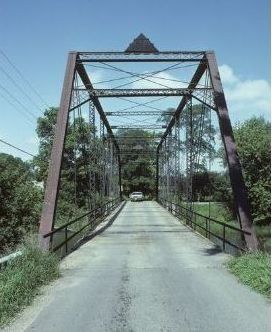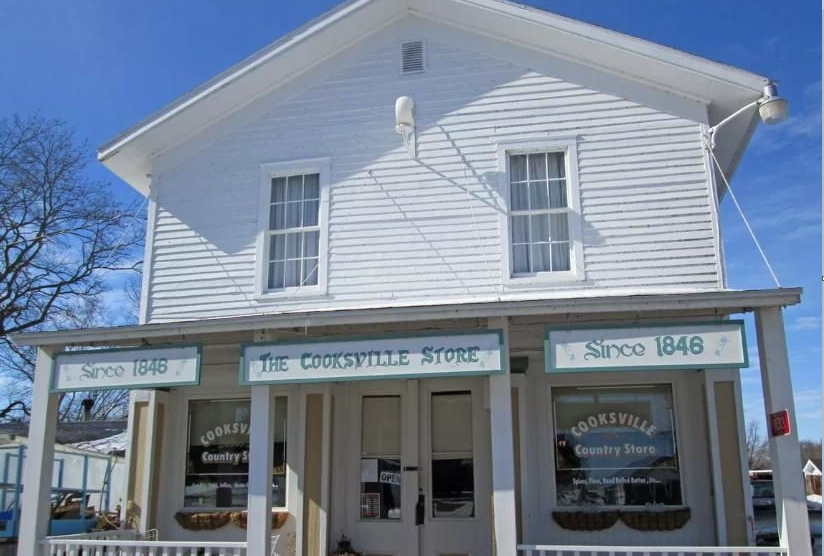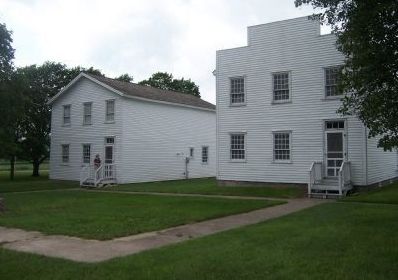HOME | THINGS TO DO | EVENTS | FOOD

Touring Around Southern Wisconsin's Ghost Towns
Starting a new town from scratch in the 19th century was hard work. Sweat equity, the promise of a newly built railroad line, mining or fertile soil, viable waterway and luck were involved. Sometimes land speculation paid off sometimes towns folded up and boarded the next passing train. Most ghost towns in Southern Wisconsin fit the latter category.
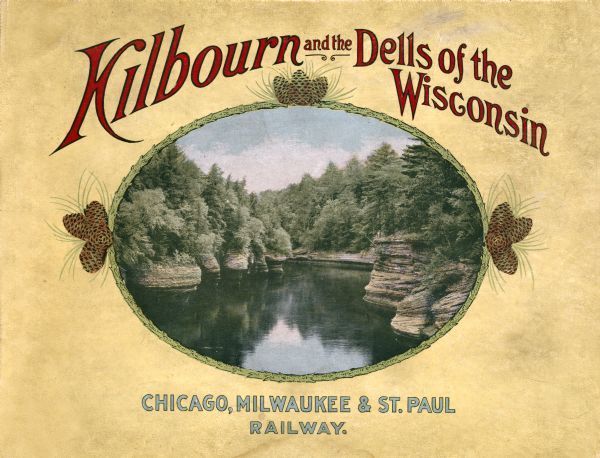
Town Kilbourn promotional ad courtesy of the Wisconsin Historical Society
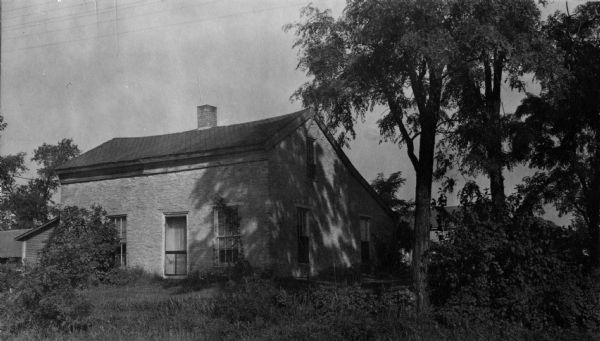
Slide title
Write your caption hereButton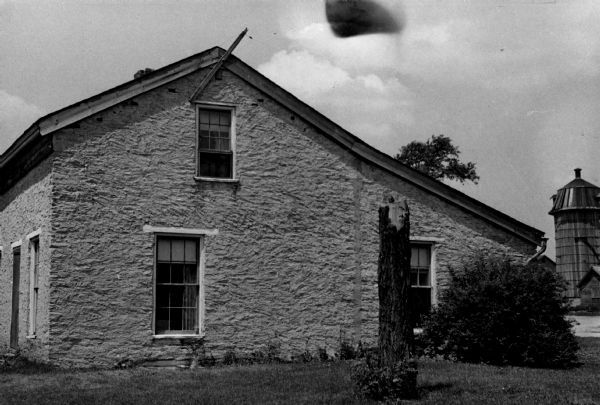
Slide title
Write your caption hereButton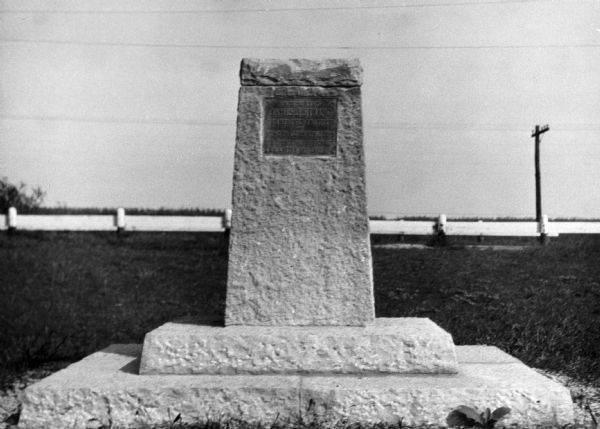
Slide title
Write your caption hereButton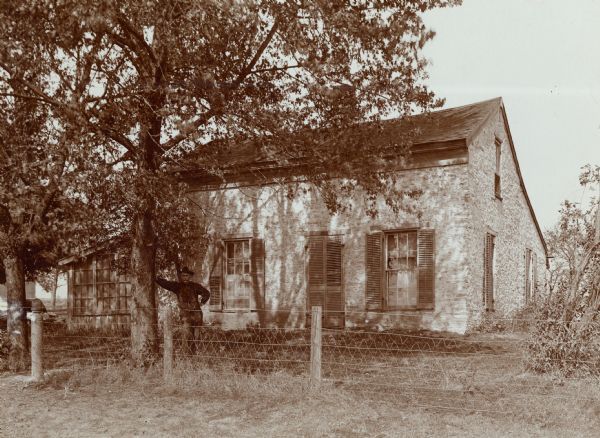
Slide title
Write your caption hereButton
(Historic photos of Voree courtesy of Wisconsin Historical Society)
VOREE
Some towns go bust when a charismatic founder flees. Voree is one such ghost town. Founded in 1844 by self-proclaimed, Mormom prophet, James Strang after the death of Mormon church co-founder, Joseph Smith. Strang sought to build his own Mormom community. Strang found himself along the banks of the White River where it is said god's voice told the the Mormon leader of brass plates in the earth of the nearby Promise Hill.. Today, the "Strangite" church has an active local congregation, as well as members in Louisiana, and Missouri.
Voree is located on Highway 11 near Burlington, Wisconsin
TURTLEVILLE
Located eight miles from Beloit on the banks of Turtle Creek Like many 19th century Wisconsin towns, Turtleville came to be in 1838 (ten years before Wisconsin's statehood) when the railroad was constructed in the region. The town proved ideal for a water powered sawmill. In 1977 The Turtleville railroad bridge (c. 1887) pictured above was put in the National Register of Historic Places (NRHP.) Not far from the bridge is the Turtleville cemetery. Founder William Hodson at the height of Turtleville's popularity owned a distillery, flour mill and mansion in the area.
The ghost town of Turtleville is near South Lathers Road where the historic Turtleville bridge crosses Turtle Creek eight miles from downtown Beloit.

Slide title
Write your caption hereButtonSlide title
Write your caption hereButton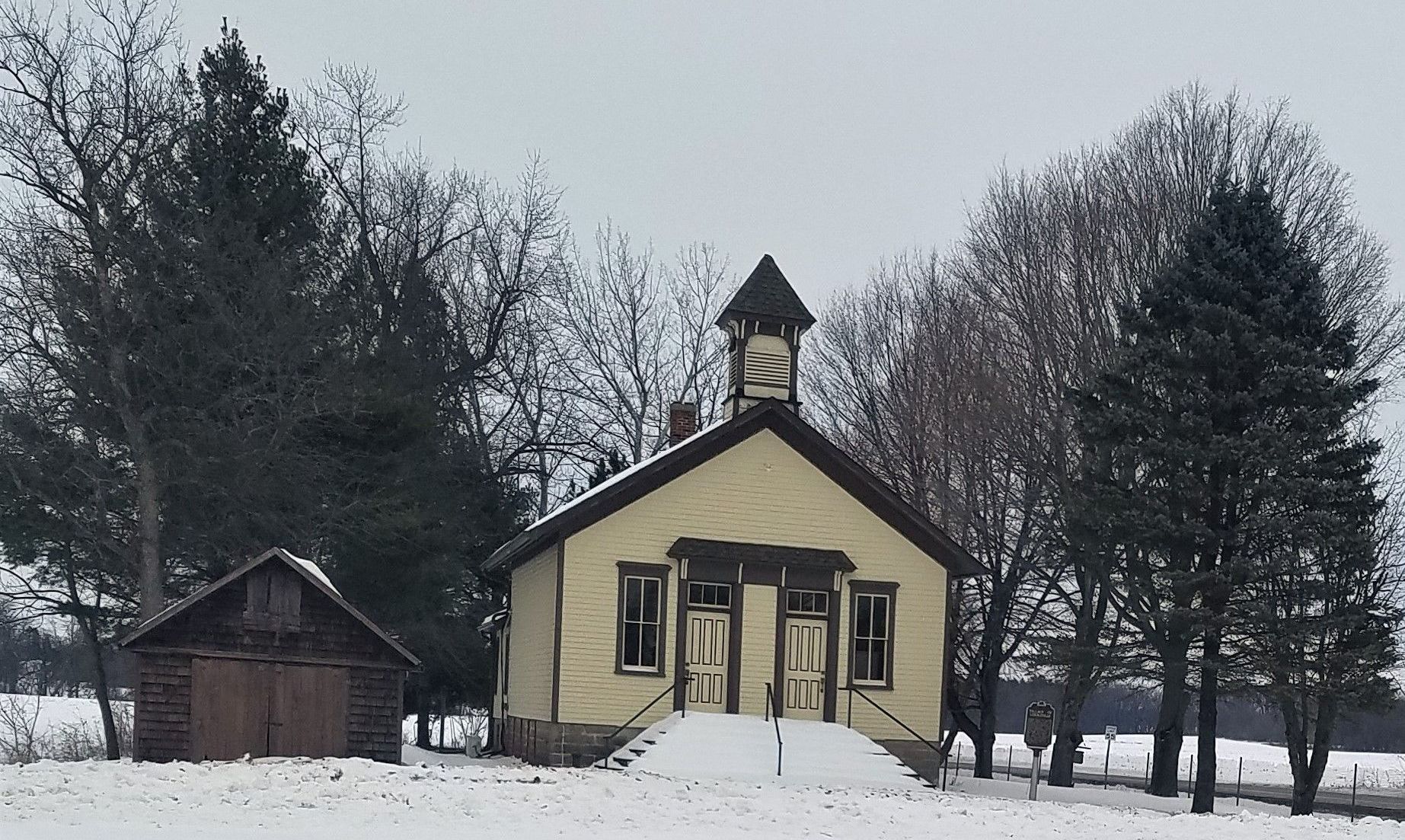
Slide title
Write your caption hereButton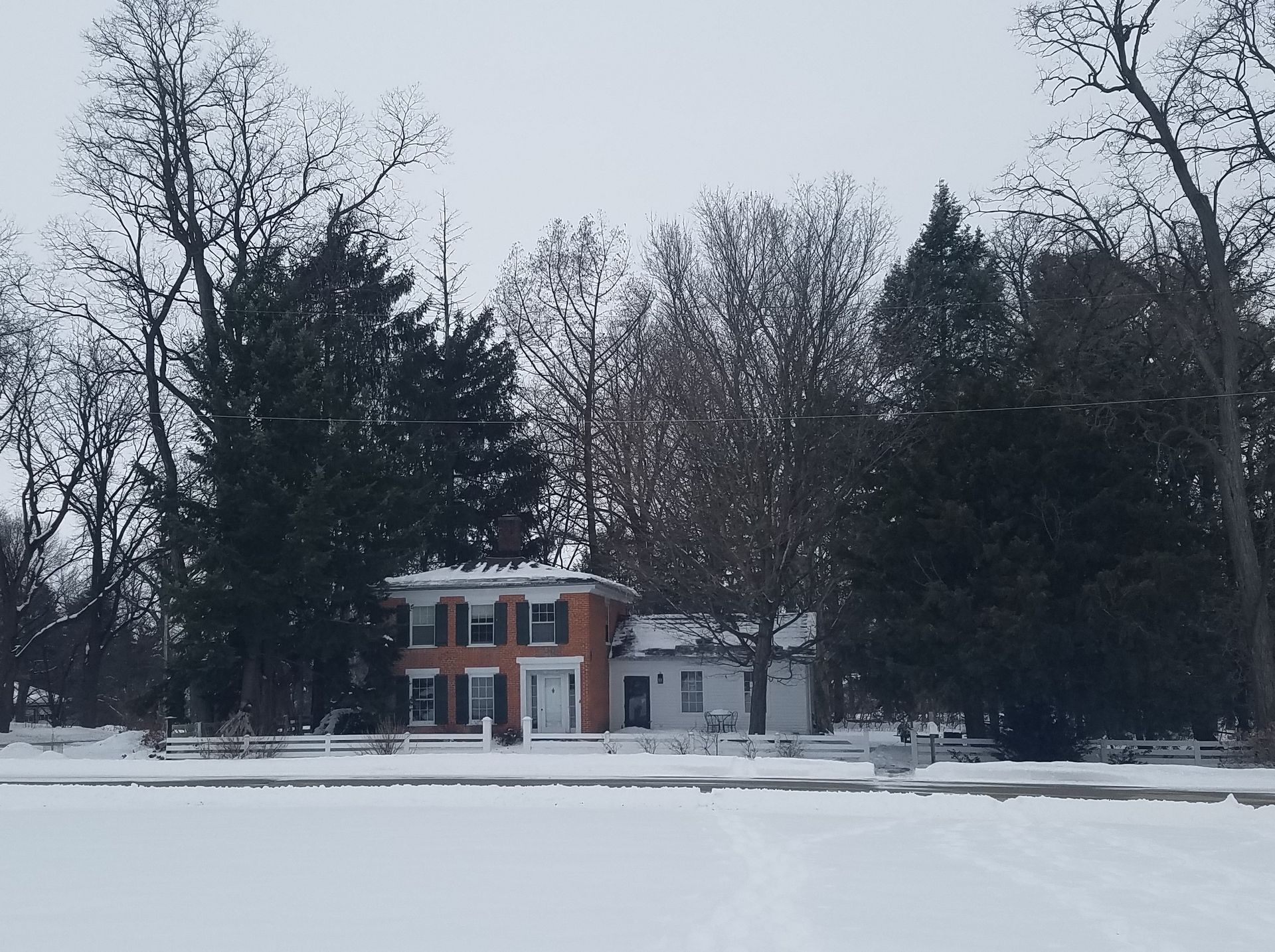
Slide title
Write your caption hereButton
COOKSVILLE
Imagine an entire town listed in the National Register of Historic Places, Cooksville Ever dreamed of visiting a quaint, New England town without leaving Wisconsin? No need to wander East far Historic Cooksville is just a quick drive from downtown Edgerton. This historic town was founded in 1837, and contains a number of structures from the mid 19th century, including Wisconsin's oldest continuously operating store in the Badger State. Please note that the Cooksville General Store built in 1846, once the oldest continuously running store in the state, is no longer open, another casualty of the COVID-19 pandemic.
Cooksville is located at the cross-roads of Highway 138 and Highway 59, north west of Edgerton.
BELMONT
Tour the grounds of Wisconsin's First State Capitol, Belmont. On April 20, 1836 President Jackson signed a bill creating the Wisconsin Territory. Iowa, Minnesota, North and South Dakota and Wisconsin comprised of this territory governed by Henry Dodge. Find two remaining structures (the Council House, where the legislators met, and the Supreme Court House,) under the purview of the Wisconsin State Historical Society in what remains of Belmont. Belmont is located Northeast of Platteville on Hwy 151.
Belmont is located is located off of exit 26 on HWY 151 at 204 W Commerce Street, near Belmont Mound State Park.
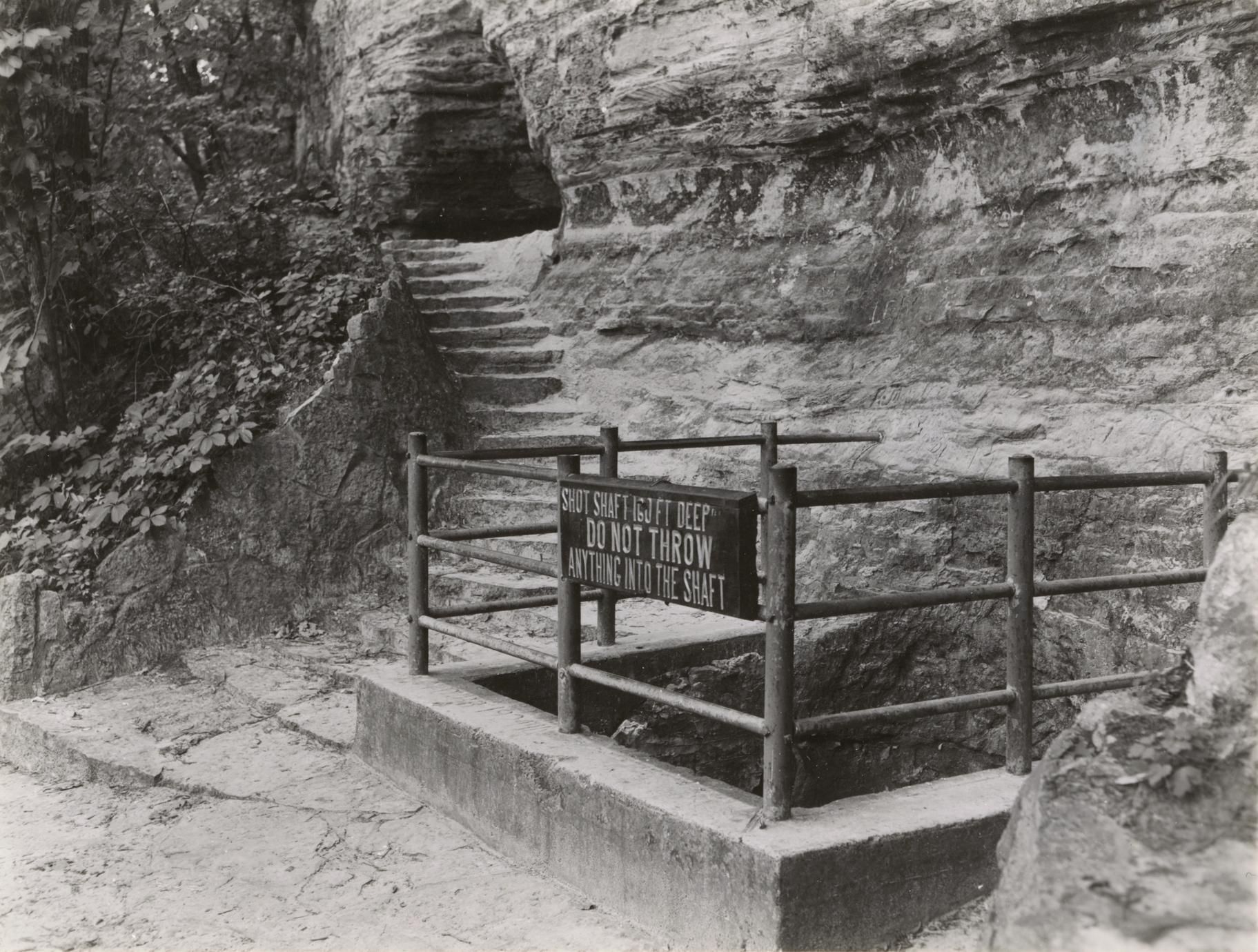
Slide title
Write your caption hereButton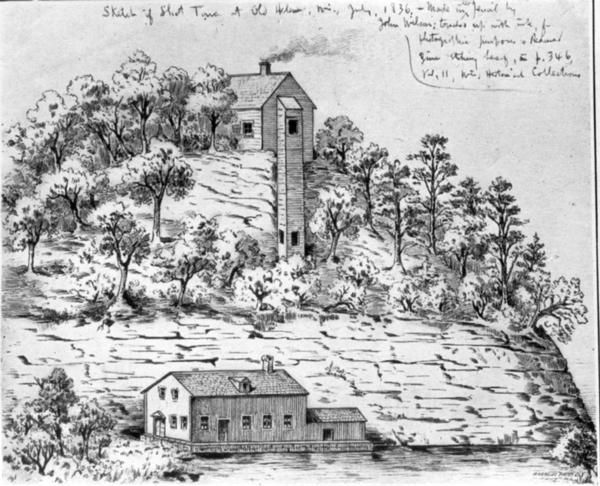
Slide title
Write your caption hereButton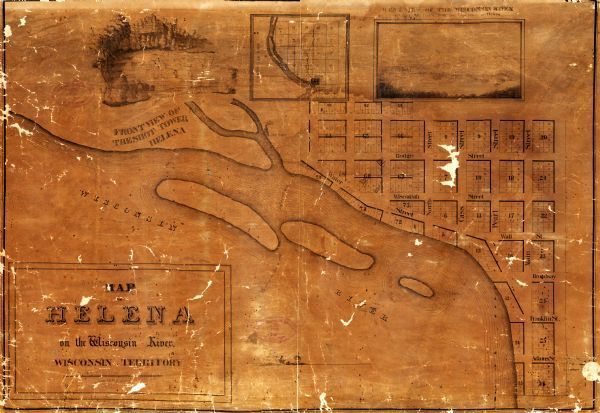
Slide title
Write your caption hereButton
HELENA
Probably the most unusual setting for a ghost town visible in modern times is the mining town of Helena in Iowa County. Today, what remains from the lead prospecting town is now Tower Hill State Park near Spring Green. Founded in 1828 along the banks of the Wisconsin River by Green Bay lumber baron, Daniel Whitney grew to a village of cabins, a store, lead mining storage warehouse by 1830. In the same year Whitney formed the company, Daniel Whitney, Platte and Co. with investors and began the construction of a shot tower on the sandstone bluffs near the Wisconsin River. Shot towers were common place in lead mining regions, and served as a place to "manufacture" lead shot. The shot was produced by dropping molten lead down a long shaft carved into the bluff. By 1852, Helena prospered adding a hotel, post office, large warehouse and 120 ft. long wharf extended in to the river. By 1857, Helena experience financial calamity as a ferry which crossed the river was replaced by a bridge and the railroad installed in the region bypassed the town. Today visitors to Tower Hill State Park can see remnants of the bridge, as well as the historic, Helena cemetery.
The remains of ghost town Helena reside within the boundaries of Tower Hill State Park which is located at 5808 County Road C near Spring Green. Learn more about Tower Hill State Park visiting
the Wisconsin DNR's website summary.
HOME | THINGS TO DO | EVENTS | FOOD

“We had the very best trip of our lives, and are so happy we chose the Wisconsin Southern Lakes area. The scenery was outstanding, the facilities were clean and well kept. We will definitely come back, and recommend to our friends.”
Julia M
Button
“What a vacation. We had planned to come for a weekend, but extended our stay for an entire week. It was the best camping vacation we’ve ever had.”
Tony W
Button
“I’m a photographer, and this park contained everything I could have asked for. Gorgeous sunsets, incredible views, and lots of wildlife.”
Lily S
Button


